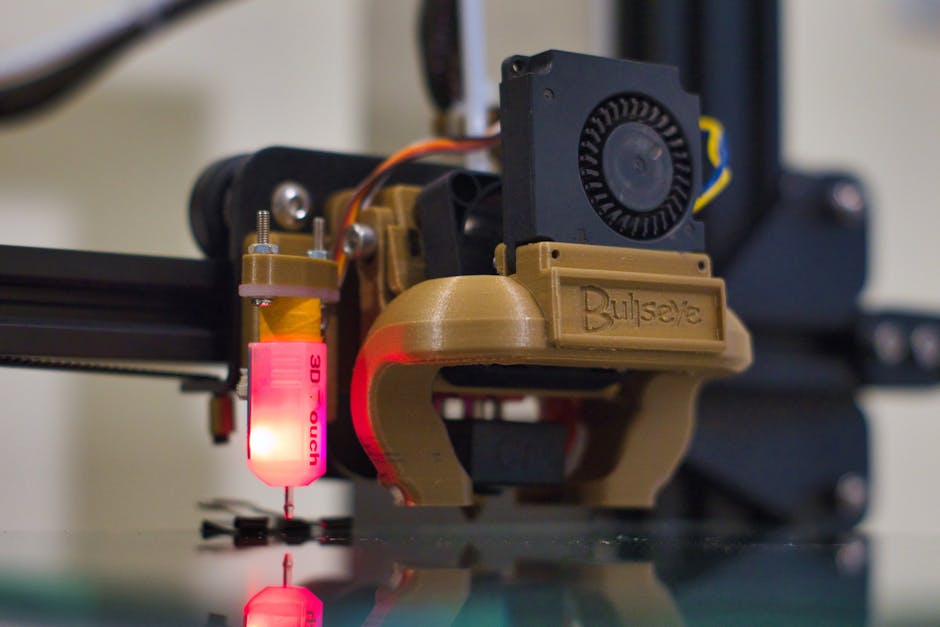Understanding the Importance of Integrated hardware and software solutions
Understanding the Importance of Integrated hardware and software solutions
Blog Article

In today's increasingly complex business landscape, the integration of hardware and software solutions is crucial for achieving operational efficiency and adaptability. These solutions combine physical devices—such as computers, servers, and networking equipment—with software applications that enable users to perform tasks, analyze data, and manage resources effectively. By leveraging the synergy between hardware and software, organizations can optimize their processes, enhance productivity, and foster innovation.
Understanding the Importance of Integrated hardware and software solutions
The importance of integrating hardware and software cannot be overstated. In essence, hardware provides the physical capabilities necessary to execute tasks, while software orchestrates these operations through instructions and data management. When these two elements function harmoniously, they create a seamless ecosystem that empowers organizations to respond to market demands swiftly.
Moreover, integrated hardware and software solutions enhance data accuracy and security, streamline workflows, and facilitate communication within teams. Businesses that adopt these solutions often find themselves better equipped to handle challenges, improve customer satisfaction, and maintain a competitive edge in their respective industries.
Key Industries Benefiting from Hardware and Software Integration
Numerous industries have recognized the value of hardware and software integration and have implemented these solutions to address specific challenges. Here are a few notable examples:
Healthcare
In the healthcare sector, integrated solutions are vital for managing patient data, scheduling appointments, and supporting telemedicine. Hospitals and clinics utilize hardware such as medical devices and computers alongside software applications for electronic health records (EHR). This combination allows for better patient care through improved data sharing and accessibility.
Manufacturing
Manufacturers also benefit significantly from hardware and software integrations. Automated machinery works in tandem with software systems that monitor production lines, manage inventory, and ensure quality control. This integration leads to increased efficiency, reduced downtime, and enhanced productivity.
Retail
In retail, point-of-sale (POS) systems exemplify effective hardware and software integration. Retailers rely on these systems to manage transactions, track inventory, and analyze customer behavior. The data collected through these integrated solutions informs marketing strategies and inventory management, enabling businesses to respond swiftly to consumer demands.
Top Hardware and Software Solutions for Small to Medium Enterprises
Small to medium enterprises (SMEs) can leverage various hardware and software solutions tailored to their unique needs. Here are some popular options:
Cloud Computing Platforms
Cloud computing offers SMEs the flexibility to access software applications and store data remotely. This reduces the need for extensive hardware investments and allows businesses to scale their operations easily. Solutions from providers enable seamless collaboration and data accessibility from anywhere.
Integrated Communication Tools
Unified communication platforms combine hardware (like phones and video conferencing equipment) with software that facilitates messaging, voice calls, and video meetings. These tools enhance collaboration among team members, regardless of their locations, promoting productivity and teamwork.
Accounting and Financial Management Software
Accounting software solutions integrate with hardware such as card readers and receipt printers, allowing SMEs to manage finances efficiently. These tools automate invoicing, expense tracking, and financial reporting, helping businesses maintain accurate financial records without the hassle of manual entry.
Tips for Selecting the Right Solutions
When considering hardware and software solutions, organizations should keep several factors in mind:
- Assess Your Needs: Determine the specific challenges your business faces and identify which solutions can address them.
- Evaluate Compatibility: Ensure that the hardware and software you choose can work together seamlessly.
- Consider Scalability: Opt for solutions that can grow with your business to avoid costly upgrades in the future.
- Seek Support: Look for providers that offer robust customer support and training resources to help you maximize the benefits of your chosen solutions.
To explore various options that align with your business needs, consider visiting Zywell, where you can find comprehensive information on integrated hardware and software solutions.
In conclusion, embracing integrated hardware and software solutions can transform how businesses operate. By understanding their importance, recognizing their application across industries, and selecting the right tools, organizations can position themselves for success in an ever-evolving marketplace.
Report this page